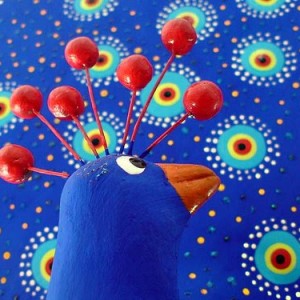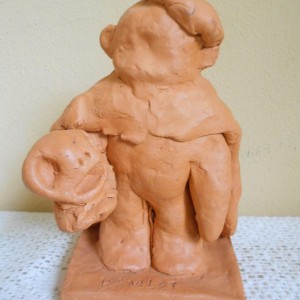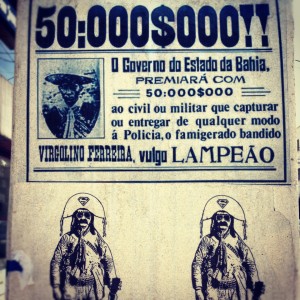In a valley nestled in the mountains away from the megalopolis of São Paulo and Rio, a sculpture tradition is kept alive by makers for hundreds of years. The Figureiras de Taubaté are a group of sculptors from Taubaté, a city located about 123km from São Paulo towards Rio de Janeiro. You may ask, what is a “figureira”? Well, this is not even a word that can be found in the Portuguese dictionary, but if it could, it would literally translate to “shape maker” and refers to the feminine gender because of the predominance of women sculpturers – even though many men also make the items. The word actually comes from the tradition of sculpting animals, supposedly introduced back in the 17th century, when Franciscan friars brought sacred art from Italy for the Christmas decorations of their Convent – local animals were needed to complete the nativity, which were made




